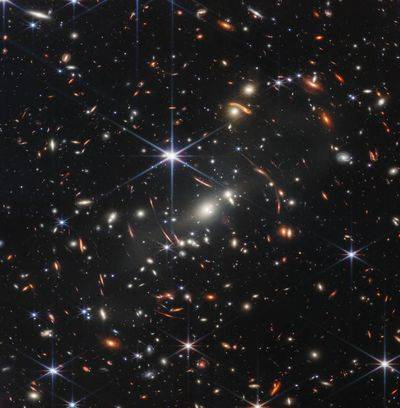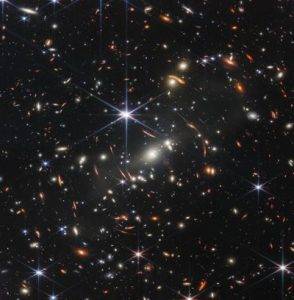Today marks another exciting leap forward in our understanding of the cosmos! Astronomers using the James Webb Space Telescope (JWST) have detected the oldest known organic molecules in a distant galaxy, offering clues about the origins of life in the universe. These molecules, found in a galaxy over 12 billion light-years away, suggest that the building blocks of life may have been widespread even in the early universe. This discovery fuels hope that life—perhaps even intelligent life—could be more common than we ever imagined. Follow JWST’s latest findings on NASA’s blog or @NASAWebb on Twitter.
Meanwhile, the European Space Agency’s Euclid telescope has begun its mission to map the dark universe—dark matter and dark energy—with unprecedented precision. Early data hints at mysterious cosmic structures that could revolutionize our understanding of gravity and the expansion of the universe. This mission could unlock answers to some of physics’ greatest puzzles, bringing humanity closer to a unified theory of everything. Stay updated via ESA’s Euclid page or @ESA_Euclid on Twitter.
On the planetary exploration front, NASA’s Perseverance rover has uncovered new evidence of ancient microbial life on Mars. By analyzing rock samples in Jezero Crater, scientists have identified organic compounds that may have been produced by past life forms. This discovery strengthens the case for future human missions to Mars, where we might one day find definitive proof of extraterrestrial life. Follow the latest from Perseverance at NASA’s Mars Exploration page or @NASAPersevere on Twitter.
In a groundbreaking development, the Vera C. Rubin Observatory is set to begin its Legacy Survey of Space and Time (LSST) in 2025, capturing the most detailed wide-field images of the southern sky ever taken. This decade-long survey will track billions of galaxies, asteroids, and transient phenomena, potentially discovering entirely new classes of celestial objects. The project represents a global effort, with scientists from over 20 countries collaborating to unlock the universe’s deepest secrets. Learn more at Rubin Observatory’s website or follow @VRubinObs on Twitter.
As we stand on the brink of these cosmic breakthroughs, the future of astronomy has never looked brighter. With cutting-edge telescopes, daring space missions, and global collaboration, humanity is uncovering the secrets of the universe—one discovery at a time. Each finding brings us closer to answering age-old questions: Are we alone? How did the universe begin? What lies beyond? The answers await, and together, we’ll find them. The stars are calling—and we’re ready to explore. 🌟
Stay curious, stay hopeful, and keep looking up! 🚀




